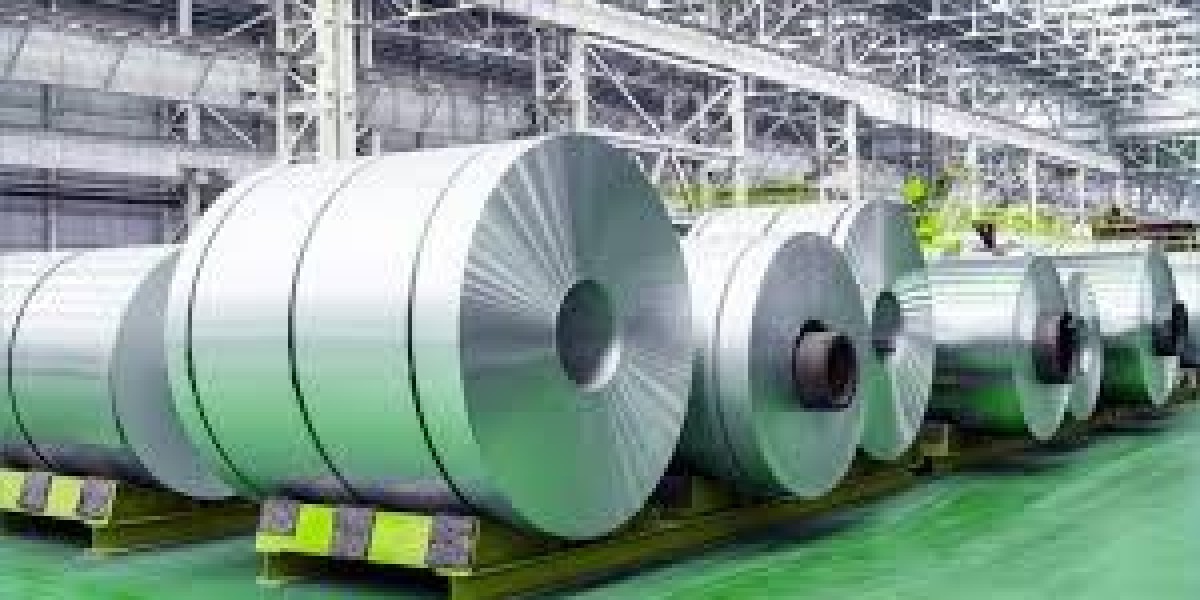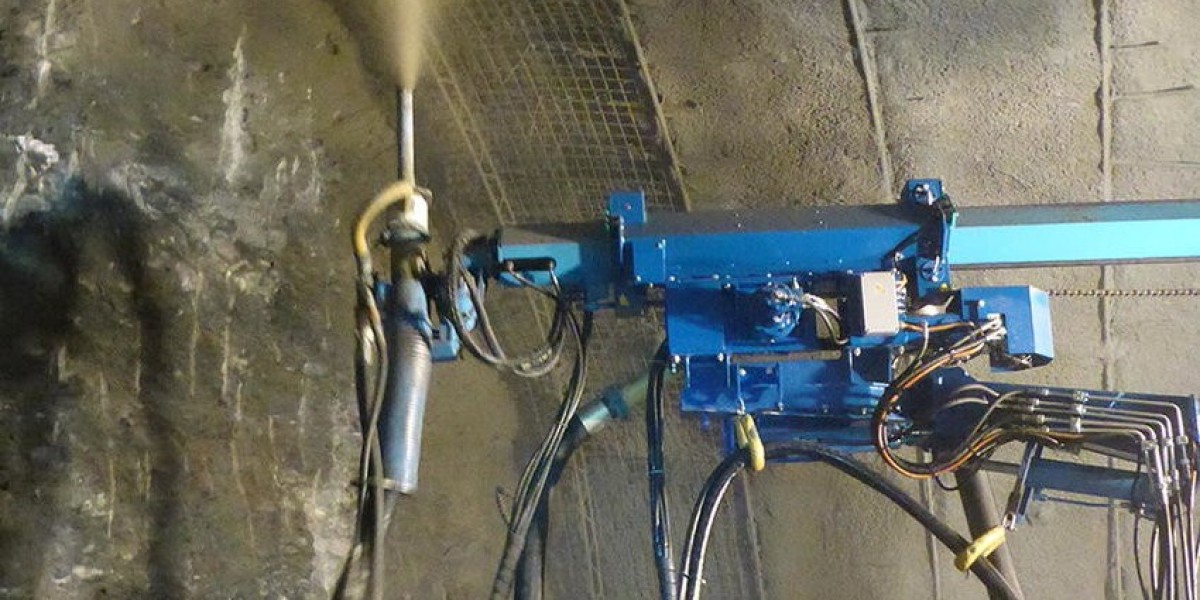The green steel market has emerged as a key component of the global effort to reduce carbon emissions and combat climate change. As industries around the world come under increasing pressure to meet sustainability targets, the production of green steel — steel manufactured with lower carbon footprints — is rapidly gaining traction. By replacing traditional carbon-intensive methods with cleaner technologies, the green steel market offers a promising pathway to decarbonize the steel industry, one of the largest industrial emitters of CO₂.
What Is Green Steel?
Green steel refers to steel produced using methods that significantly reduce or eliminate carbon emissions compared to traditional methods. The traditional method of steel production relies heavily on blast furnaces and coke (a form of coal), which are major sources of carbon emissions. In contrast, green steel production utilizes hydrogen-based direct reduction (DR), electric arc furnaces (EAF) powered by renewable energy, or other innovative methods that incorporate carbon capture technologies.
The transition to green steel is not only seen as an environmentally sustainable choice but also as an essential element in meeting international climate commitments, such as those outlined in the Paris Agreement.
Key Drivers of Market Growth
- Climate Change and Environmental Regulations
The rising urgency of climate change and stricter environmental regulations are among the primary drivers of the green steel market. Governments worldwide are mandating reductions in carbon emissions, and the steel industry — being one of the largest industrial emitters — is under significant pressure to adopt cleaner production techniques. - Technological Advancements in Steel Production
The development of hydrogen-based technologies for steel production has gained momentum in recent years. Hydrogen can replace coke as a reducing agent in the traditional blast furnace process, producing water vapor instead of carbon dioxide. This advancement is seen as one of the most promising pathways to producing green steel. Additionally, electric arc furnaces (EAF) powered by renewable energy offer an alternative to blast furnaces, producing steel with a fraction of the emissions. - Increasing Demand for Sustainable Products
Consumers and businesses are becoming more conscious of the environmental impact of their purchasing decisions. As a result, demand for sustainably produced steel has risen across various industries, including construction, automotive, and manufacturing. This has incentivized steel producers to explore greener production methods to meet market demand. - Investment and Innovation
Major global steel manufacturers, such as SSAB, ArcelorMittal, and Tata Steel, have announced significant investments in green steel technologies. They are not only investing in new production methods but also partnering with energy companies to ensure access to green hydrogen and renewable energy sources. Additionally, governments are providing incentives and subsidies to foster innovation and lower the cost of green steel production.
Key Market Segments
- By Technology
- Hydrogen-based Reduction: This method involves replacing coke with hydrogen to reduce iron ore. The hydrogen reacts with iron ore, resulting in iron and water vapor instead of carbon dioxide. Companies such as SSAB, Salzgitter, and Tata Steel are leading in hydrogen-based green steel production.
- Electric Arc Furnaces (EAF): EAF technology uses electricity (preferably from renewable sources) to melt scrap steel and produce new steel. While not completely carbon-neutral, when powered by renewable energy, it can significantly reduce emissions.
- Carbon Capture and Storage (CCS): Some steel producers are exploring CCS technologies, which capture CO₂ emissions and store them underground or repurpose them for industrial use, thus reducing the carbon footprint of steel production.
- By End-Use Industry
- Construction: The construction industry is one of the largest consumers of steel, and there is increasing demand for low-carbon steel products used in building infrastructure, including buildings, bridges, and roads.
- Automotive: As automakers strive to meet emissions standards and improve sustainability, they are increasingly turning to green steel for vehicle manufacturing, particularly for lightweight materials that help reduce overall vehicle emissions.
- Manufacturing: Green steel is also used in the production of machinery and consumer goods, where demand for sustainable manufacturing practices is on the rise.
Regional Insights and Market Forecast
- Europe: Europe is at the forefront of the green steel revolution. The European Union (EU) has set ambitious decarbonization targets for 2050, and green steel is a key component of this strategy. The EU has supported the development of green steel through the European Green Deal, which provides funding for sustainable technologies and research.
- North America: North America is seeing rising interest in green steel, especially in Canada, where renewable energy is abundant. The U.S. has also taken steps to incentivize green technologies through government policies and corporate sustainability commitments.
- Asia-Pacific: While Asia, particularly China, remains the largest producer of steel globally, the region has been slower to adopt green steel technologies. However, countries like Japan and South Korea are making significant investments in green steel as part of their decarbonization efforts.
Market Forecast and Opportunities
The green steel market is projected to grow significantly in the coming years. With an annual growth rate of 10-15% (CAGR), the market is expected to reach $50 billion by 2030. Opportunities exist for companies that invest in green technologies, particularly hydrogen-based production and carbon capture technologies, to establish themselves as leaders in the industry.
Conclusion
The green steel market is poised for transformative growth, driven by technological advancements, environmental regulations, and the rising demand for sustainable products. As the industry continues to innovate, green steel will become a critical pillar in global efforts to reduce carbon emissions and combat climate change.










